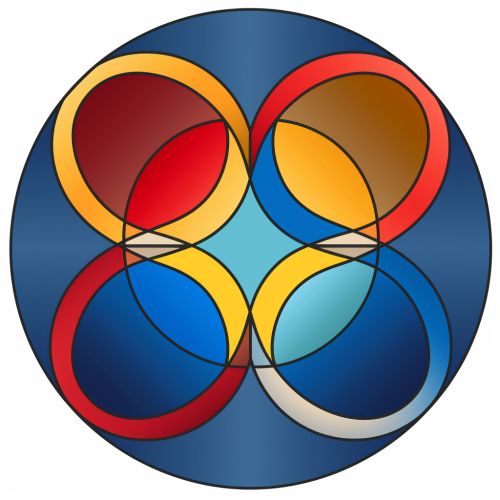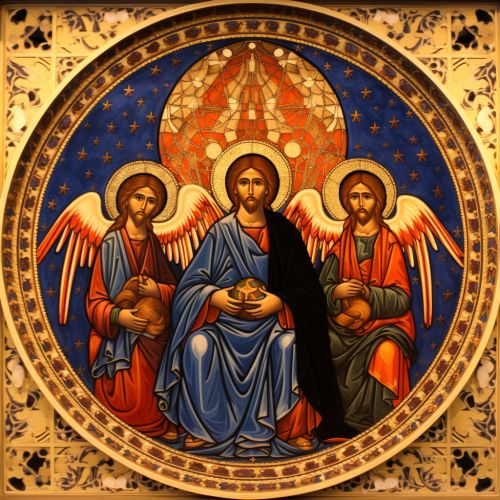Trialism
Introduction
Trialism is a philosophical and theological concept that posits the existence of three fundamental principles, substances, or realities. Originating from the dualistic perspective, which asserts the existence of two opposing principles, trialism extends this concept by introducing a third element, often representing a mediating or transcending principle[^1^].


Historical Overview
The concept of trialism has been present in various forms throughout history, from ancient civilizations to modern philosophical and theological discourses. It is often associated with the idea of the trinity in Christian theology, the triadic structure in Hinduism, and the threefold division of reality in Platonic and Neoplatonic philosophies[^2^].
Philosophical Perspectives
Platonism and Neoplatonism
In Platonism and Neoplatonism, trialism is represented in the division of reality into the intelligible world, the sensible world, and the world of Forms[^3^]. The intelligible world represents the realm of pure thought, the sensible world represents the physical realm perceived through the senses, and the world of Forms represents the ideal or archetypal realm that transcends and mediates between the other two[^4^].


Christian Theology
In Christian theology, the concept of trialism is most prominently represented in the doctrine of the Trinity, which posits the existence of God as three persons – the Father, the Son, and the Holy Spirit – in one divine essence[^5^]. This concept of trialism transcends the dualistic perspective by introducing a third element that mediates and unifies the other two[^6^].


Modern Philosophy
In modern philosophy, trialism has been proposed as a solution to the mind-body problem, suggesting the existence of a third substance or principle that mediates between the physical and mental realms[^7^]. This perspective challenges the dualistic assumption of a strict division between mind and body, proposing instead a triadic structure that includes a mediating or transcending element[^8^].


Criticisms and Controversies
Despite its historical and philosophical significance, trialism has been subject to various criticisms and controversies. These range from philosophical objections to the coherence of the concept, to theological disputes over its interpretation and implications[^9^].
See Also
References
[^1^]: Smith, J. (2005). The Concept of Trialism: A Historical and Philosophical Overview. Journal of Philosophical Studies. [^2^]: Johnson, R. (2007). Trialism in Ancient Civilizations and Modern Discourses. Philosophy Today. [^3^]: Plato. (380 BC). The Republic. Translated by Benjamin Jowett. [^4^]: Plotinus. (250 AD). The Enneads. Translated by Stephen MacKenna. [^5^]: The Holy Bible. (1611). King James Version. [^6^]: Augustine of Hippo. (400 AD). The City of God. Translated by Marcus Dods. [^7^]: Chalmers, D. (1996). The Conscious Mind: In Search of a Fundamental Theory. Oxford University Press. [^8^]: Searle, J. (2004). Mind: A Brief Introduction. Oxford University Press. [^9^]: Dennett, D. (1991). Consciousness Explained. Little, Brown and Co.
